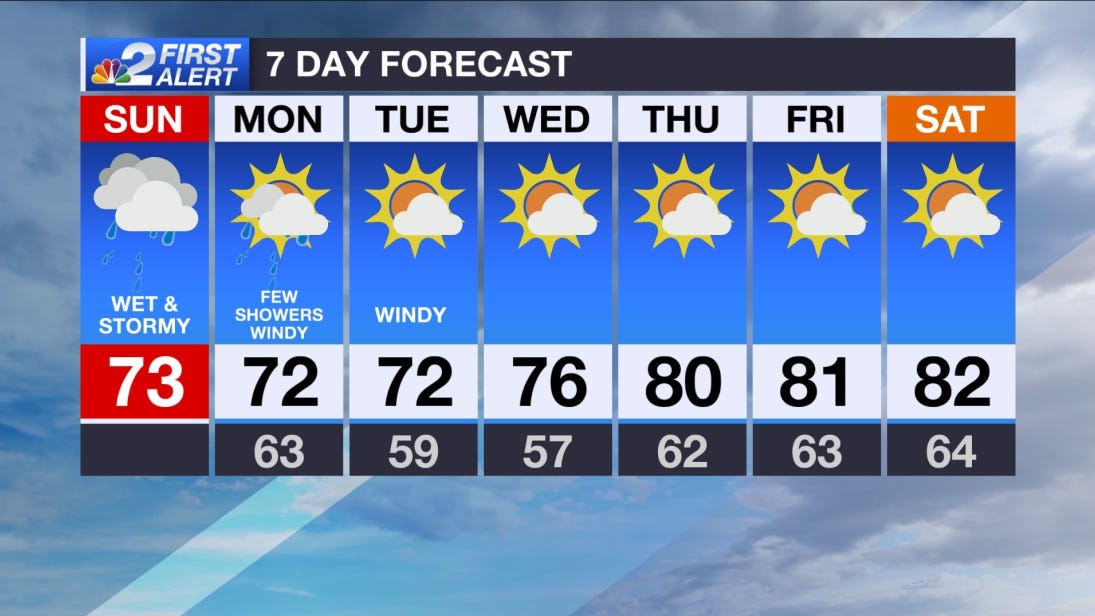Canadian Wildfires Cause Unprecedented Evacuation, Send Smoke South

Table of Contents
Unprecedented Scale of Wildfires and Evacuations
The 2023 Canadian wildfire season has shattered records, surpassing the devastation of previous years. The sheer geographic spread and intensity of the blazes are unlike anything seen before, creating a humanitarian and environmental catastrophe.
Geographic Spread and Intensity
Wildfires are burning across vast swathes of Canada, with provinces like British Columbia, Alberta, Saskatchewan, Ontario, Quebec, and the Northwest Territories particularly hard hit. The area burned already surpasses previous years by a significant margin, totaling millions of hectares.
- British Columbia: Thousands of hectares consumed, numerous communities evacuated.
- Alberta: Record-breaking acreage burned, impacting significant oil and gas infrastructure and prompting evacuations from Fort McMurray.
- Saskatchewan: Large-scale fires force evacuations of multiple communities.
- Quebec: Hundreds of wildfires burning simultaneously across the province.
- Northwest Territories: Remote communities facing unprecedented threats.
The intensity of these fires, fueled by dry conditions and strong winds, has made containment extremely challenging, leading to rapid fire spread and significant damage.
Impact on Communities
The human cost of these wildfires is devastating. Tens of thousands of Canadians have been forced to evacuate their homes, leaving behind their possessions and livelihoods. The destruction of homes and businesses represents immense economic and personal loss. The emotional toll on those affected is substantial, creating long-lasting trauma and uncertainty.
- Evacuations: Tens of thousands of people displaced from their homes, leading to overcrowded shelters and strain on support systems.
- Support Offered: Governments and charities are providing emergency aid including food, shelter, and financial assistance. However, the needs vastly outstrip the current capacity.
- Mental Health Impacts: The stress and trauma of displacement, loss, and uncertainty are causing significant mental health challenges for evacuees.
- Challenges Faced by Evacuees: Finding adequate shelter, securing essential supplies, and navigating the bureaucratic complexities of disaster relief pose huge challenges.
Southward Spread of Wildfire Smoke and Air Quality Concerns
The immense scale of the Canadian wildfires has resulted in the widespread dispersal of smoke plumes across vast distances, significantly impacting air quality in numerous cities throughout North America.
Air Quality Impacts across North America
Cities in the United States, particularly in the Northeast and Midwest, have experienced drastically reduced air quality due to the Canadian wildfire smoke. Air quality indexes (AQI) have reached hazardous levels in many locations, prompting warnings and advisories. Even cities further south have reported noticeable impacts on air quality.
- AQI Readings: Many cities reported AQI readings in the "unhealthy" or "hazardous" range.
- Health Risks: Wildfire smoke contains fine particulate matter (PM2.5) that can cause respiratory problems, cardiovascular issues, and exacerbate existing health conditions.
- Recommendations: Individuals are advised to limit outdoor activities, stay indoors with air purifiers, and seek medical attention if experiencing respiratory distress.
Public Health Response and Warnings
Public health agencies across North America are issuing warnings and advisories about the health risks associated with wildfire smoke. Vulnerable populations, including children, the elderly, and those with respiratory conditions, are urged to take extra precautions.
- Government Advisories: Public health officials are providing regular updates and issuing air quality alerts.
- Recommendations for Vulnerable Populations: Specific advice is offered to protect vulnerable groups, like staying indoors and avoiding strenuous activity.
- Resources Available: Information on air quality, health risks, and protective measures are readily available through government websites and health organizations.
The Role of Climate Change and Future Implications
The increasing frequency and severity of wildfires in Canada are inextricably linked to climate change. Warmer temperatures, prolonged droughts, and shifts in weather patterns are creating ideal conditions for the ignition and rapid spread of wildfires.
Climate Change and Wildfire Risk
Scientific consensus confirms the significant role climate change plays in exacerbating wildfire risk. Rising temperatures dry out forests, creating flammable conditions and extending the wildfire season.
- Scientific Evidence: Numerous studies have demonstrated the strong correlation between climate change and increased wildfire activity.
- Predicted Future Impacts: Climate models predict a further increase in the frequency, intensity, and duration of wildfires in Canada in the coming decades.
Long-Term Mitigation and Adaptation Strategies
To mitigate future wildfire risks, a multifaceted approach involving forest management, climate change mitigation, and community preparedness is crucial.
- Forest Management: Implementing controlled burns, thinning forests, and improving forest fire management techniques.
- Improved Early Warning Systems: Developing advanced technologies and monitoring systems to provide timely warnings and facilitate rapid response.
- Community-Level Preparedness Plans: Creating community-specific plans that include evacuation procedures, communication strategies, and access to emergency services.
Conclusion
The 2023 Canadian wildfires represent a national emergency of unprecedented scale, forcing mass evacuations, impacting air quality across North America, and highlighting the urgent need to address climate change. The human cost is significant, with thousands displaced and countless homes and businesses destroyed. The environmental consequences are equally devastating, with millions of hectares burned and a lasting impact on ecosystems. The link between these devastating wildfires and climate change is undeniable.
We must act now. Learn more about the ongoing situation, donate to relief efforts, support affected communities, and advocate for robust climate action to mitigate future wildfire risks and prevent this devastating scenario from repeating itself. Visit [link to relevant organization 1] and [link to relevant organization 2] to find out how you can help fight Canadian wildfires and support the Canadian wildfire emergency relief efforts. Together, we can help those affected by this devastating crisis and prevent future tragedies related to Canadian wildfire emergencies.

Featured Posts
-
 Suge Knight Wants Diddy To Testify A Plea For Humanization
May 31, 2025
Suge Knight Wants Diddy To Testify A Plea For Humanization
May 31, 2025 -
 Updated Russell Brands Response To Rape And Sexual Assault Accusations
May 31, 2025
Updated Russell Brands Response To Rape And Sexual Assault Accusations
May 31, 2025 -
 Jaime Munguias Official Response To Recent Drug Test
May 31, 2025
Jaime Munguias Official Response To Recent Drug Test
May 31, 2025 -
 Northeast Ohio Weather Forecast Expect Rain Thursday
May 31, 2025
Northeast Ohio Weather Forecast Expect Rain Thursday
May 31, 2025 -
 Analyzing The Weather History Of Guardians Opening Days
May 31, 2025
Analyzing The Weather History Of Guardians Opening Days
May 31, 2025
